What does powdery mildew look like on tomatoes and how is it treated?
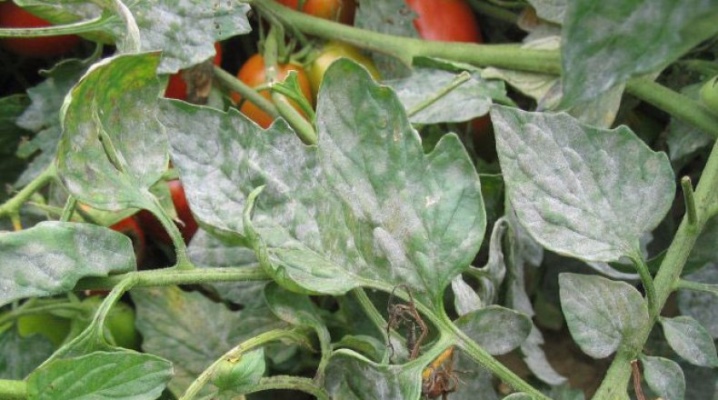
Powdery mildew is a leaf fungal disease that occurs in many places on the planet. Most often found in gardens and greenhouses. The emergence of a pathogen depends on environmental conditions and crop cultivation methods. The article will discuss powdery mildew on tomatoes, countermeasures with folk remedies, as well as how to process a vegetable in a greenhouse and open field.
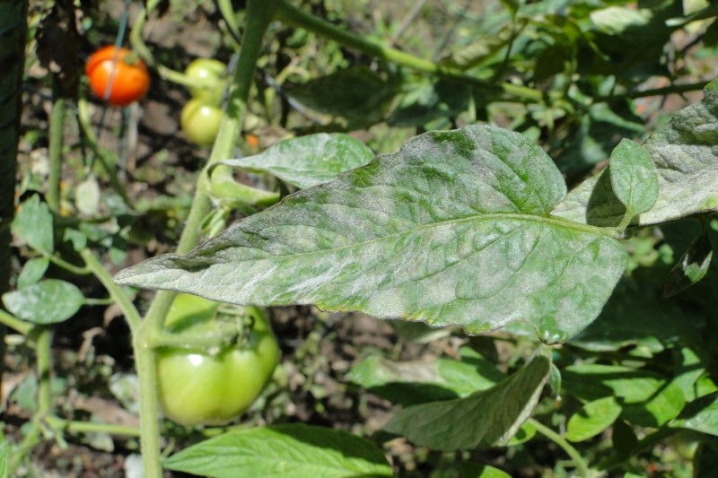
Description of the disease
Powdery mildew on tomatoes is caused by marsupial mushrooms: Oidium lycopersici, Oidium erysiphoides, Oidiopsis taurica. There is also another fungus such as Leveillula taurica, but this is rare. All pathogens produce a characteristic white powdery build-up. Leveillula taurica occurs only on the underside of the leaves.
The fungus is a spore (conidia) of a pathogen that forms asexually. Spores are easily carried by the wind. If they land on a tomato leaf, it can infect the plant within a week. After infection, a painful spot develops with many spores ready to spread. The fungi Oidium and Oidiopsis look like white flour.
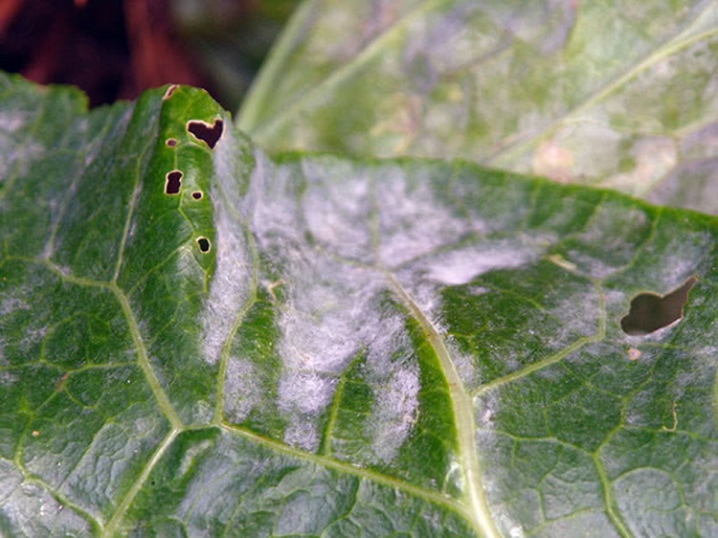
Powdery mildew can reduce the yield and quality of the fruit, because the disease develops quickly, the affected leaves die. Fruits that form on an infected plant are usually worse than on tomatoes with a full set of healthy leaves. Diseased plants will be even more damaged by sunburn due to the less protective coating on them.
If suddenly the tomatoes get sick with powdery mildew, then you need to start treatment faster so that it is as effective as possible. Fungal diseases at an early stage are easier to cure. If the destruction of the pathogen is not started in time, the plant can quickly die.
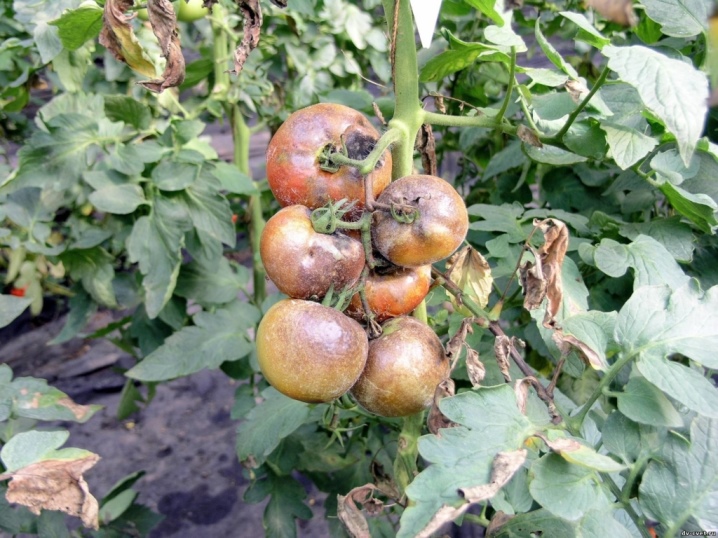
Causes of occurrence
Powdery mildew pathogens have a narrow host range. Thus, Powdery mildew on tomatoes is caused by a pathogen other than the disease causing it, such as pumpkins, peas, or roses. Sometimes weeds are also hosts of the parasite and can act as a potential source of powdery mildew.
Some other pathogens of powdery mildew are capable of forming a special structure, such as cleistothecium and ascocarp. These biological substances can survive dormant like seeds during the winter. Therefore, they can easily survive in various weather conditions.
Fungal diseases of tomatoes in the open field often appear from weeds and are spread by the wind. In greenhouses, they can occur with insufficient watering and low humidity.
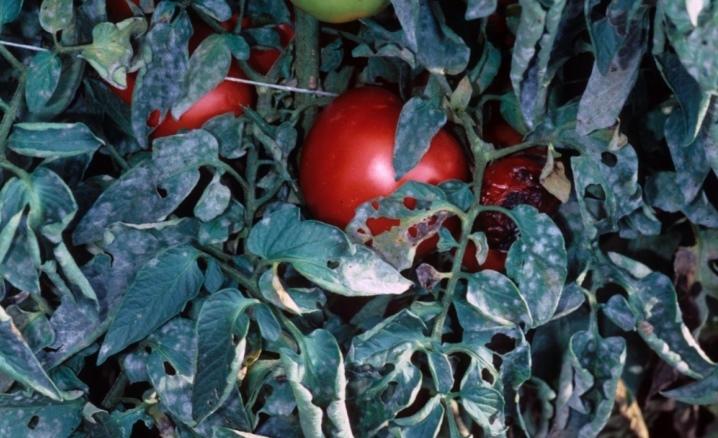
First signs
The disease begins with the appearance of roundish yellow spots on the lower part of the leaves. On the reverse side of the leaf, a white powdery bloom is visible. Then the spots grow and move to the tops of the leaves. When the pathogen infects the fruit, it begins to crack and rot. Removing diseased leaves is not considered a good approach to combat any fungal disease. - even if you remove the sheet, then the disputes have already arisen and began to have a destructive effect.
Powdery mildew fungi do not need leaf wetness or high humidity. They have the ability to survive in hostile conditions and produce a lot of spores, which gives them the ability to quickly spoil the culture. Although humidity is not required, the pathogen develops best when the air is somewhat humid, but not higher than 95%.
The main methods for controlling powdery mildew are selection of resistant or less susceptible varieties and the use of fungicides.
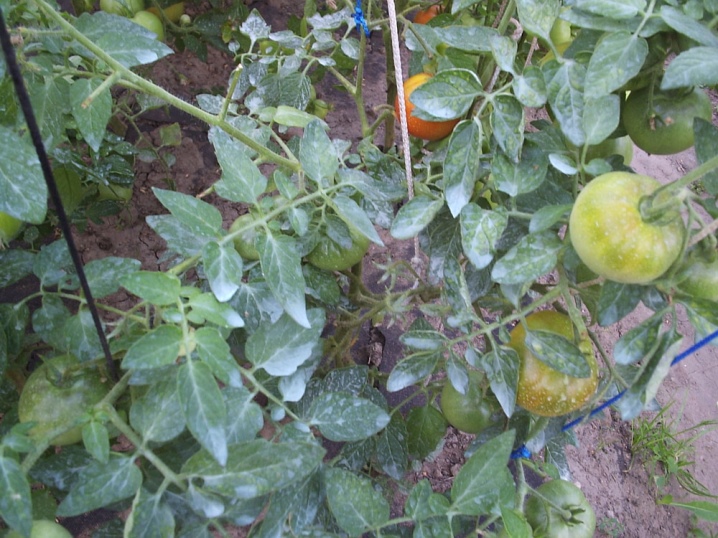
How to process?
Powdery mildew is relatively easy to control with fungicides. There are several types of substances that have been shown to be effective in the experimental fight against this and other infections. To get rid of the disease, it is necessary to begin treatment of the culture in advance or at the very first symptom. Common fungicides include preparations containing sulfur, copper, chlorothalonil, or mineral oil.
The active ingredients of biological fungicides are often vegetable oils, plant extracts, potassium bicarbonate. Typically, fungicides need to be applied weekly or 2 times a month to maintain control. Chemicals are quite dangerous for pollinating insects, so they should be used no more than 3 times a season.
To make the solution better adhere to the leaves, you can pour silicate glue there. It is more convenient to carry out processing by fine-dispersed spraying.
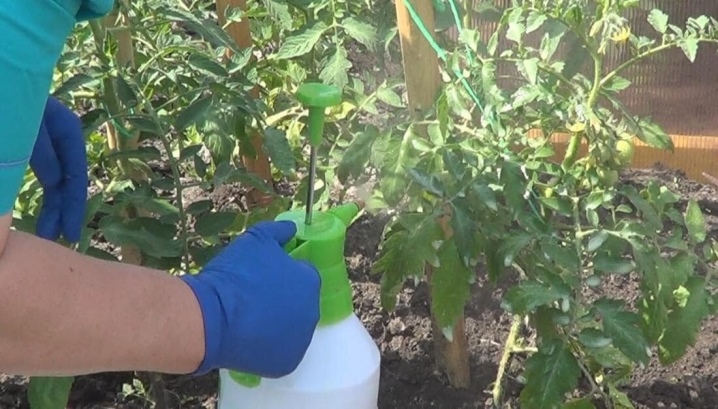
Traditional methods
A solution of soda and soap will help kill the fungus. This requires 2 tbsp. Dissolve tablespoons of soda in 10 liters of hot water. Add 10 grams of laundry soap to the same water and stir everything thoroughly. When the finished solution has cooled, you can start processing the tomatoes. After a couple of days, the procedure should be repeated.
Another way to help get rid of the infection. To do this, take milk whey and dilute it with water in a ratio of 1:10. The effect of this method is that when it gets on the tomatoes, the whey hardens, a thin film appears, which will not allow the fungus to grow. It is a safe and effective means of combating and preventing fungal infections.
If prophylaxis is carried out 2-3 times a month, then this will not give the parasite a single chance to settle on the plant. For the purpose of treatment, 4 treatments are carried out with an interval of 2-3 days.
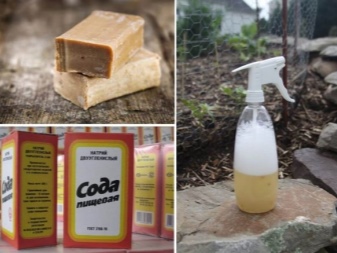
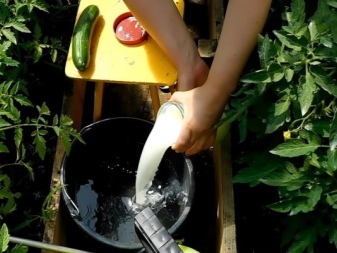
You can also save the plant from mealy pests with an infusion of wood ash. To do this, you need to take wood ash, fill it with hot water. The ratio also goes 1:10. The ash should be infused for a week, then the water is filtered. You can spray tomatoes with ready-made water infusion. This method is also plant feeding.
You can use a solution of potassium permanganate (potassium permanganate) to treat the plants. To do this, you need to take 3 g of potassium permanganate, dissolve in 10 liters of water. Tomatoes should be sprinkled with this solution once every 5-7 days until the fungus disappears completely.
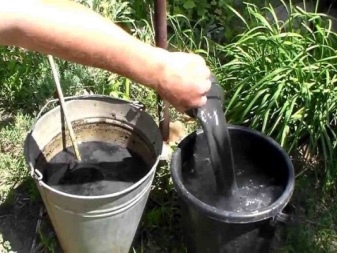
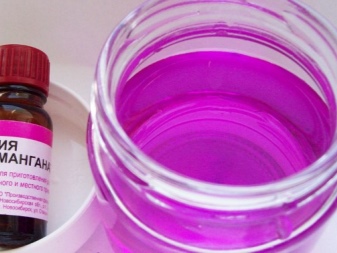
Biological agents
Bioactive substances have also been shown to be effective against this pest. For example, sodium humate solution can be used for prophylactic purposes and at the initial stages of the disease. Processing must be carried out 2 times a month. The drug is also a tomato growth activator.
Colloidal sulfur affects powdery mildew by disrupting metabolism in the cells of a biological organism. She quickly and effectively copes with the disease. The result can often be seen the very next day. It is important that the effect of sulfur lasts up to 2 weeks. To do this, take 50-80 g of the substance per 10 liters of water and mix thoroughly. The ready-made solution can be sprayed no more than 5 times a season. It is also important not to exceed the dosage of the drug.
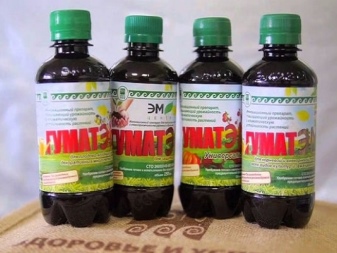
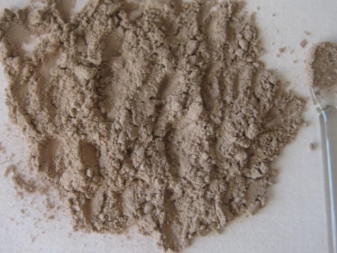
You can use the medicine "Baktofit" or "Planriz". These are biological agents that help fight various diseases, including fungal ones. They do not harm the plant and even increase the yield up to 20%. They can be used with other herbicides. Processing is carried out once every 14 days.
Bordeaux liquid is suitable for use on cool days. This is to prevent burns to the plant. The product contains copper, which inhibits the development of powdery mildew and other diseases.
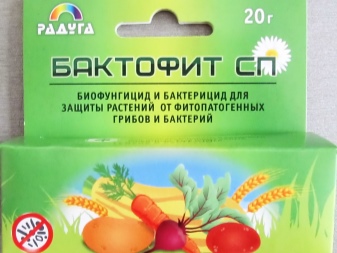
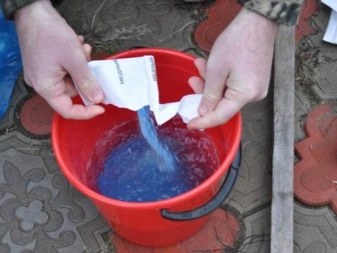
Chemicals
The drug "Quadris" is an effective chemical strobilurin that can be used no more than 2 times per season. The peculiarities of the application are that the treatment should be carried out only in dry and calm weather, so that the product does not get on the soil and other plants.
Topaz (penconazole) has also shown positive effects in the treatment of powdery mildew in tomatoes. It is absorbed through the leaves into the plant and acts systemically in all areas of the culture. The drug has a prolonged effect up to 2 weeks.
Fungicides "Privent" and "Baylon" are composed of a triadimephone. It is a powerful medicine that has a broad spectrum of action. Processing should be done with a solution of 0.1%. The positive effect of the drug is visible the next day and lasts up to 1 month.

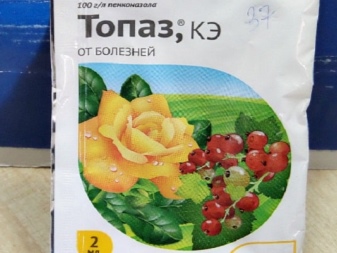
Prevention measures
Powdery mildew resistance appears in crops that have been adapted for growing in greenhouse conditions. In the experiments carried out, the greenhouse variety Grace showed good immunity to fungal infection. This tomato species grew rapidly and showed suppression of Oidium lycopersici in the field. Noticeable differences in susceptibility to powdery mildew were also observed among other outdoor cultivars.
To prevent infection from appearing on tomatoes, you need to take good care of the plants. It is necessary to plant bushes up to 5 pieces per 1 sq. m, tie them to supports, remove old leaves. In the greenhouse, you should create an optimal temperature and regular air circulation, and constantly inspect the plants. Mulching the soil and removing weeds is also the prevention of tomato diseases.
It is advisable to feed tomatoes and fertilize with minerals. It can be a variety of groundbaits, without exceeding the nitrogen level. The plant must be adequately watered and sprayed with biological products, which also helps to maintain a healthy culture.
But the main way to protect tomatoes from pests is preventive treatment with fungicides.
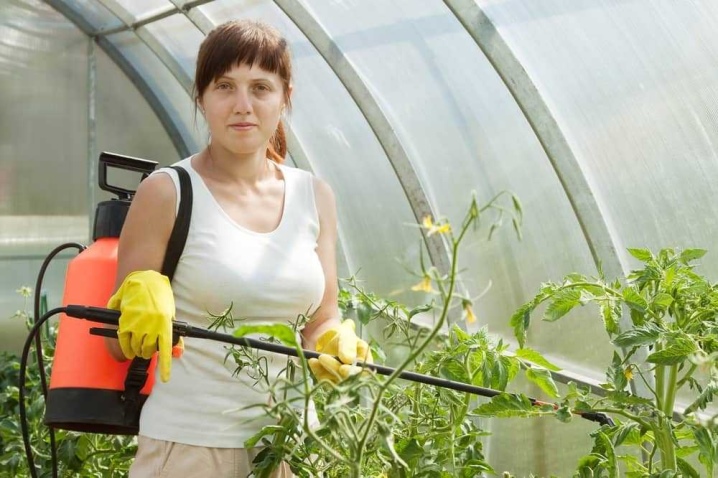













The comment was sent successfully.